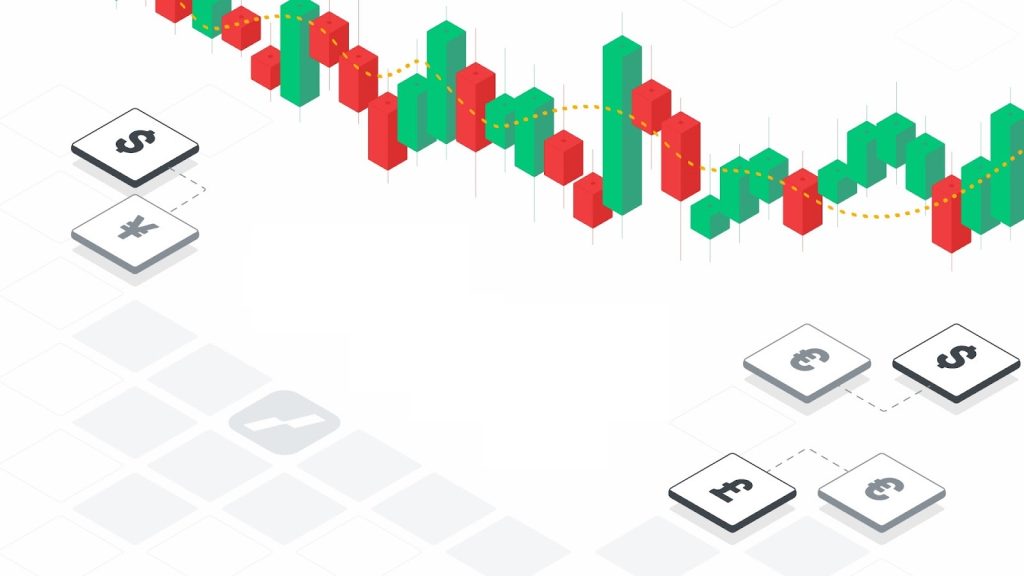What Is Forex Trading?
What Is Forex Trading? A Beginner’s Guide to the Global Currency Market
If you’re a rookie in the world of finance, chances are you’ve come across the term “forex trading.” But what exactly is forex trading, and why is it so popular among investors and traders alike? In this article, we’ll dive into the exciting realm of forex trading, exploring its core concepts, benefits, and potential risks. So grab a cup of coffee, sit back, and let’s unravel the mysteries of the global currency market.
Understanding Forex Trading
Forex trading, short for foreign exchange trading, is the process of buying and selling currencies with the aim of making a profit. It’s the largest and most liquid financial market in the world, with a daily turnover exceeding trillions of dollars. Unlike traditional stock markets, forex operates around the clock, providing opportunities for traders from all corners of the globe.
The Mechanics of Forex Trading

To engage in forex trading, you need to understand a few fundamental concepts. At its core, forex involves the simultaneous exchange of one currency for another, aiming to capitalize on the fluctuating exchange rates. Currencies are traded in pairs, such as EUR/USD or GBP/JPY, and these pairs represent the relative value of one currency against another.
Market Participants
In the forex market, various participants play different roles. Major players include banks, financial institutions, governments, corporations, and individual traders like you. The sheer number of participants ensures high liquidity and allows for swift execution of trades. As a trader, you are essentially speculating on the future movements of currency pairs, hoping to profit from these fluctuations.
Leverage and Margin
One of the key attractions of forex trading is the concept of leverage. Leverage allows you to control a large position with a relatively small amount of capital. For example, with a leverage ratio of 1:100, you can control a position worth $100,000 with just $1,000 in your trading account. However, while leverage magnifies potential profits, it also amplifies losses, so caution is advised.
Market Analysis and Strategies
Successful forex trading requires careful analysis and the adoption of effective strategies. Two primary methods of analysis dominate the forex market: fundamental analysis and technical analysis. Fundamental analysis focuses on economic indicators, geopolitical events, and other factors that impact currency values. Technical analysis, on the other hand, relies on charts, patterns, and indicators to forecast price movements.
Risk Management
Forex trading involves risks, and it’s crucial to implement sound risk management strategies. Never invest more than you can afford to lose, and always use stop-loss orders to limit potential losses. Diversification and setting realistic profit targets are also essential. Additionally, keeping up with financial news and staying informed about global events can help you make more informed trading decisions.
Conclusion
In a nutshell, forex trading is an exciting and dynamic endeavor that allows individuals to participate in the global currency market. It involves buying and selling currencies to profit from fluctuations in exchange rates. As a beginner, understanding the fundamental concepts, market participants, analysis techniques, and risk management is key to embarking on a successful trading journey. So, dive in, educate yourself, and embrace the thrilling world of forex trading.
